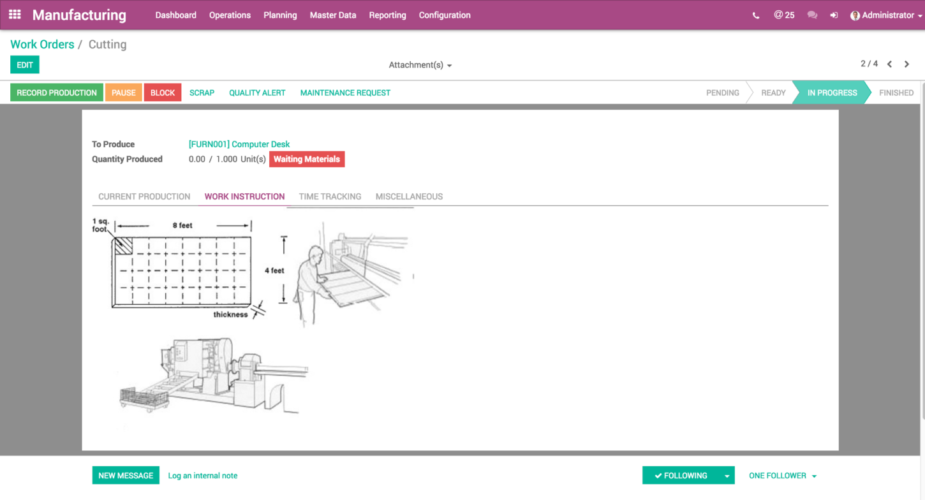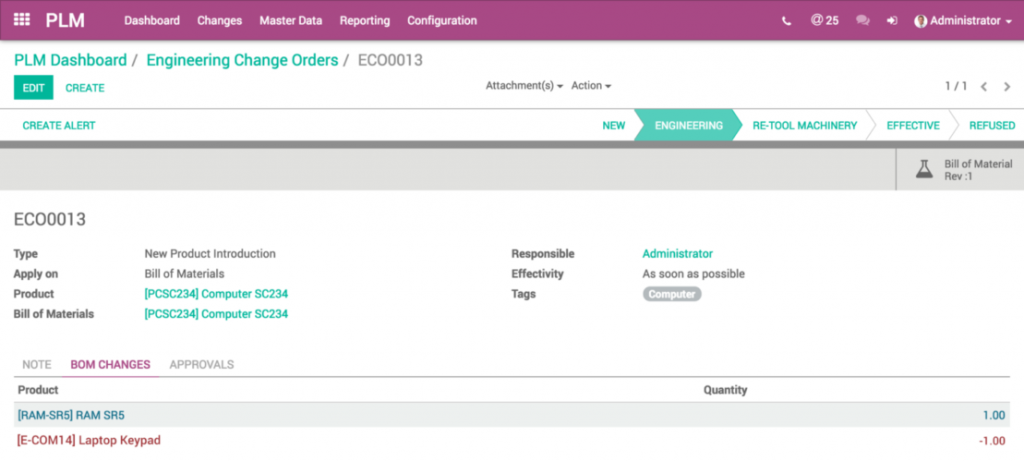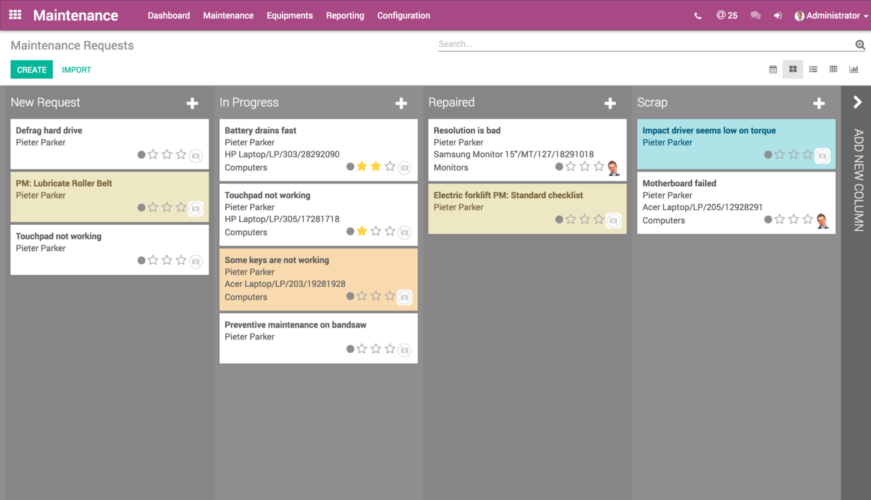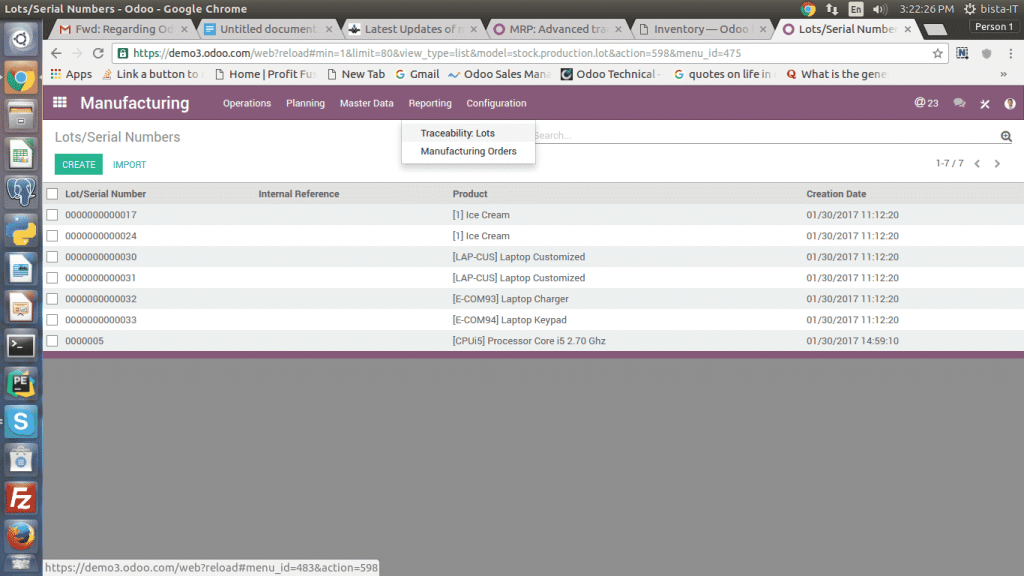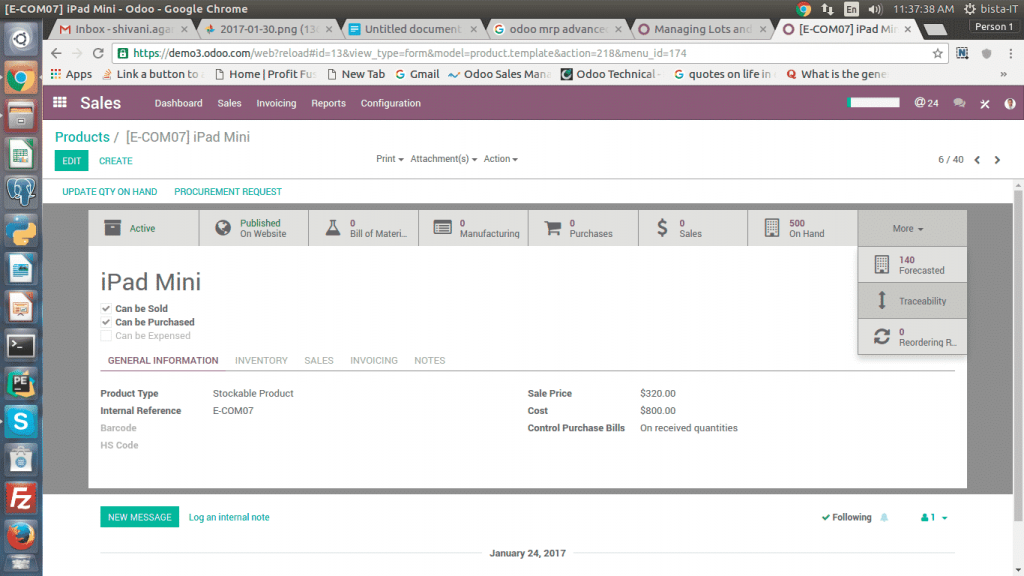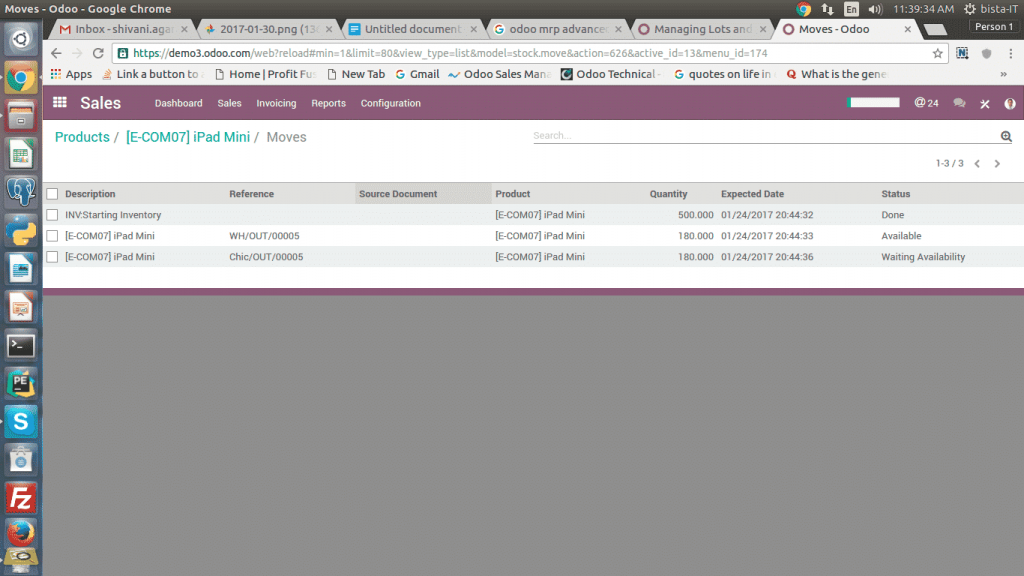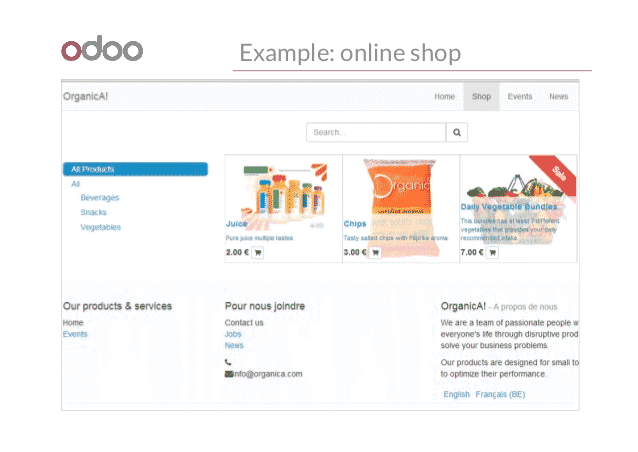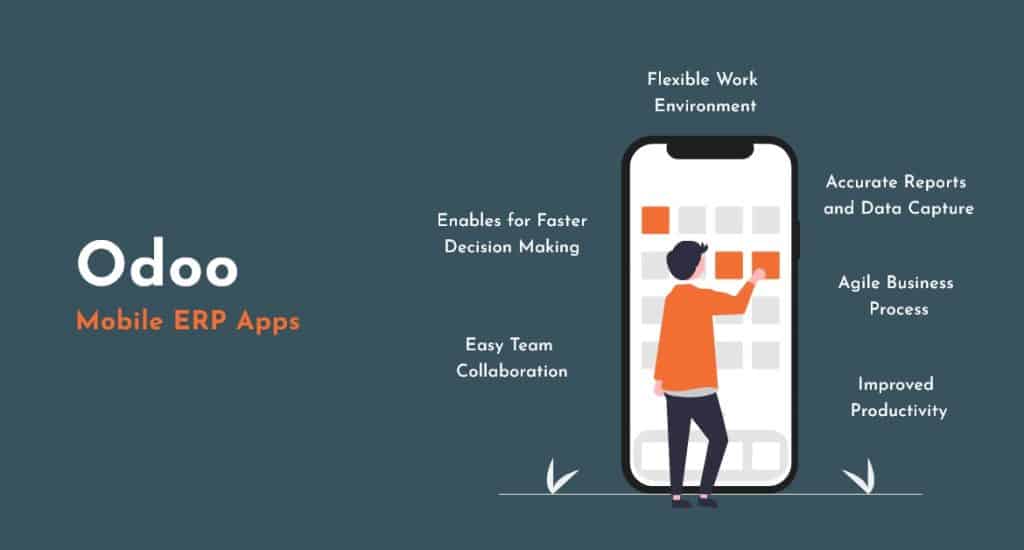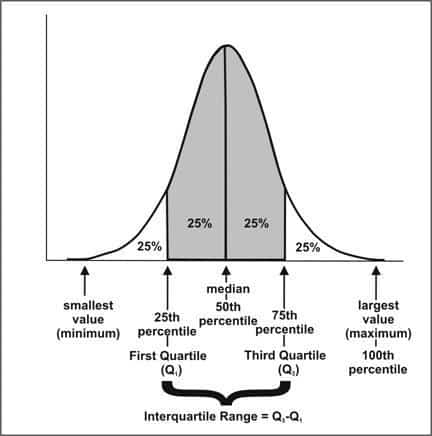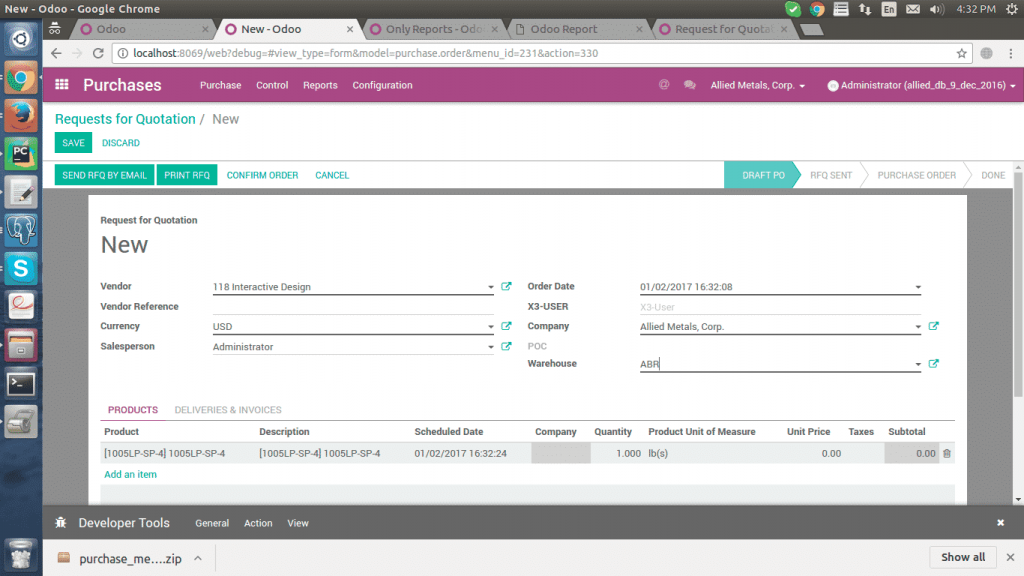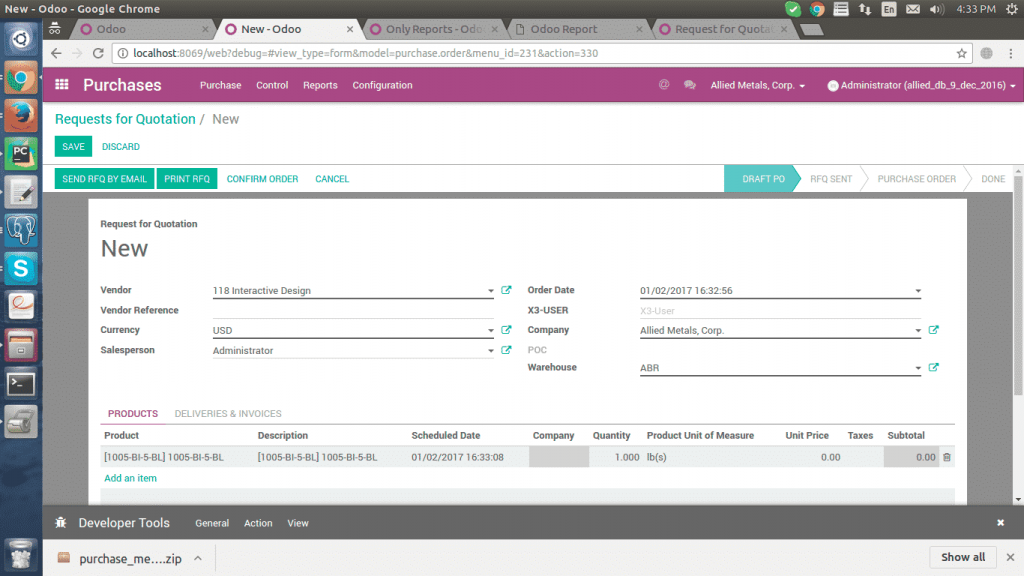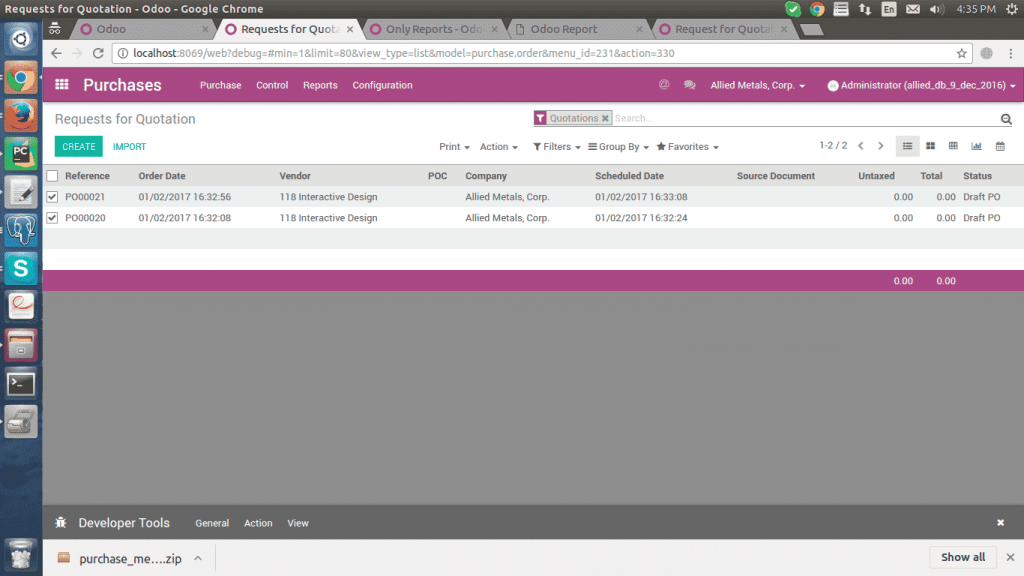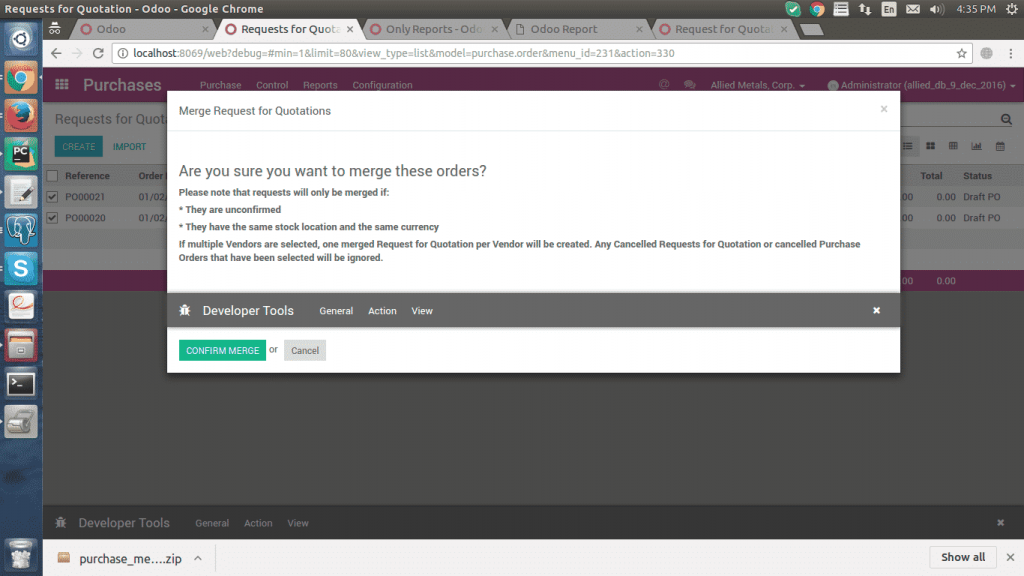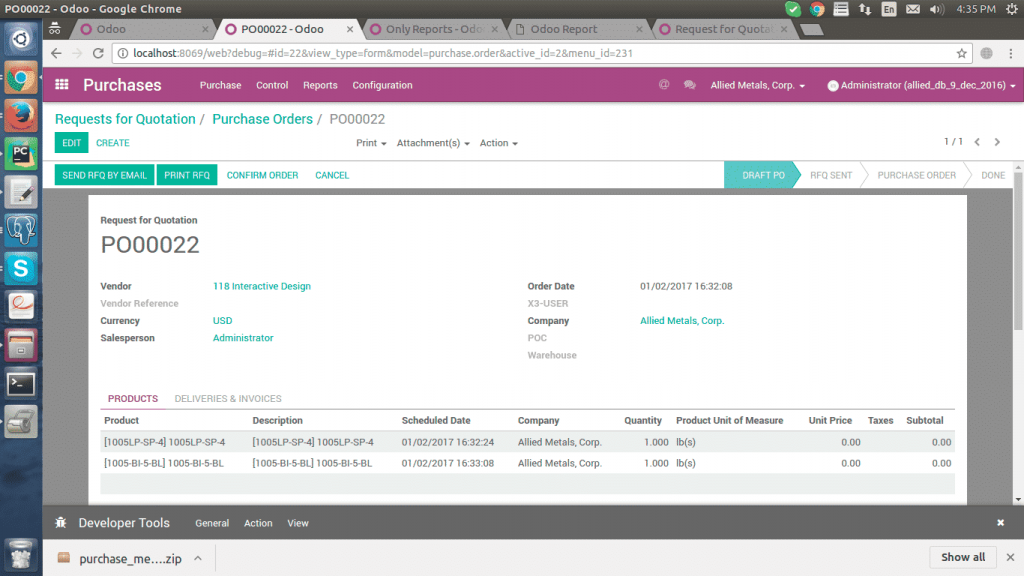Predictive Analytics
Introduction
Today we live with an exponentially ever-growing sea of data. To handle it safely, we use analytics. Without analytics, we would simply drown into the sea of data, not aware what happened or what coming next, the size and source of the data are just expanding unexpectedly. One of the most important branches of analytics is predictive analytics, it has made some sense of storing data.
Are you aware of predictive analytics technology? If not, get ready. It is the next big revolutionary thing that will propel the world beyond the imagination—and in many respects, it is already in between us. Predictive analytics is the use of statistics, machine learning, data mining, and modeling to analyze current and historical facts to make predictions about future events.
Important Values of Predictive Analytics
Establishment of Effective Customer Relationship- “now you know your customers”
Using the predictive analytics, you can meet your customer needs and target the most benefit cable customers, how you can do this? Here we answer the doubts which are coming into your mind, how predictive analytics helps you to establish a relationship with the customers and helps you to grow your business? Is such a thing even possible? Or Such things have any existence or not?
The predictive analytics (predictions) doesn’t have to be all that accurate to grow or improve your business or to target the profitable customers. “This all about numbers and it’s a number game as always” and predictive analytics used to play it as well and it translates it’s a high return and doesn’t depend on highly accurate predictions
Let’s understand it in other ways, suppose if predictive analytics identifies 3 times more likely to defect than average customer segments, you can target those segments accordingly. If your overall defection rate is 5%, the segment we’ve discovered has a higher detection rate of 15%, so, in this case, we’re not actually confident in predicting whether any one individual customer will defect or what, the analysis identifying this kind of customer segment which is predicted in aggregate which behaves differently compared to your overall customer base. And now by knowing the different segments of your customers you can understand them more as compared to the past, you will come to know their expectations their needs and have the better relationship by offering them your evaluated services.
Now, the very next question is coming into your mind is how these valuable customer segments are discovered? To get the answer to this question I would suggest you uncover your computer and sooner or later you may get the answer, I must be joking! Yes, I am. This is the magic of “predictive analytics”, It works on past historical data with a huge number of statistical models which leads to delivers magical results and by that your business decision more accurate and healthy in prospects.
The table below lists predictive analytics business applications.
| Business application: | What is predicted: |
| Customer retention | customer defection/churn/attrition |
| Direct marketing | customer response |
| Product recommendations | what each customer wants/likes |
| Credit scoring | debtor risk |
| Insurance pricing and selection | applicant response, insured risk |
And there are many more applications of predictive analytics, including collections, supply chain optimization, human resource decision support for recruitment and human capital retention, and market research survey analysis.
Offering New Services and Products
Somehow If we could predict the future, we would be able to read the minds of our customers as well and will come to know exactly what they wanted. The closest we can get to this supernatural ability is utilizing predictive analytics to tap into the hidden information that resides into a big data.
To understand this, we have an example of insurance sector which is widely using this technology and changing their offerings, launching policies almost every day, based on their analysis.
Risk Management- “we are here to care…. leave it on us”
A famous philosophy works in Risk Management is to “work smarter, not harder”, but How? By implementing the most efficient tools like as Predictive Analytics with your existing system.
The predictive analytics playing the vital role in mitigating the risk in all sectors which are associated with our day to day life, let us take an example to understand it in depth.
Let’s have an example of the bank, as we know the banking sector is very risky and hard to handle or predict the risk based on your experience or intuition, the predictive analytics allows you to embed advanced fraud detection models directly into your database applications. By introducing predictive analytics into your database or transactional systems, a percentage of fraudulent transactions can be detected at the time they are being processed and before payment. The result is a significant reduction in costs associated with fraud both within the organization and to the customer.
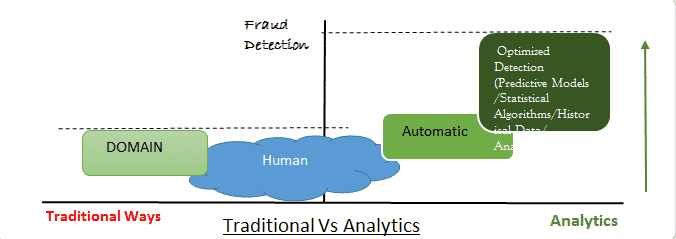
Before the predictive analytics, we were dependent on our intuition and domain training, and that was not enough to stop the fraudulent activity after introducing the predictive analytics we are more powerful and efficient to deal with it in several ways.
Why do You need to Trust on Predictive Analytics to Improve Risk Management?
The “Predictive Analytics” plays a vital role in risk reduction in various fields such as insurance and healthcare industries. As per the report of “Predictive Solutions publication”, the predictive modeling has high accuracy levels between 80 percent and having accuracy about 97 percent in predicting future worksite injuries based on existing data. The use of predictive analytics introduces a very professional way of safety and prevention and it leads to risk reduction.
Different Areas Where We Can Have Predictive Analytics Risk Management:
- Sales and Marketing.
- Fraud: Fraud is one of the measuring areas where we must have predictive analytics to reduce risk and covers healthcare fraud, credit card fraud and much more.
- Insurance: It’s a sector where Predictive Analytics has its own importance.
- Healthcare Industries.
Inventory Optimization – “no more over or under stocking”
As we all know, Predictive analytics uses various techniques to analyze past historical data to make predictions about future. One of the major areas which we can deal by applying the technologies and analysis is supply chain. The biggest challenge that the companies facing is accurate demand forecasting or to manage their inventory. This can be solved up to a certain level if technology and analysis can help to determine customer’s usage and buying nature.
Let’s understand it with a simple example, in any product based company there needs to manage their supply chain and it has a different unique level of a supply chain, that is shown in fig.
Of course, the secret to good forecasting is to keep doing it over and over until you get it right or closer to your expectations. Forecasts should be continuously updated and incorporate time frames that may be several years out (to anticipate the obsolescence issues), mid-term forecasts that drive our financial investments in plants and new products, and near-term forecasts that drive actual production and procurement.
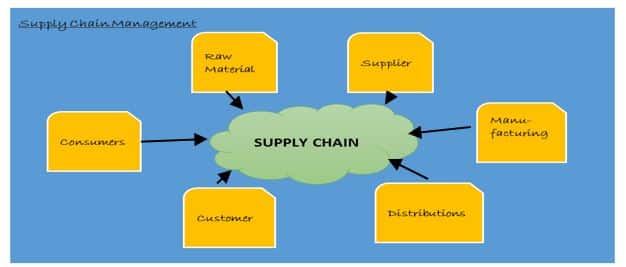
How is the Predictive Analytics Helping Hand to Managing Supply Chain?
- Demand Analytics – How is my forecast leading with actual data.
-
-
- Detailed demand forecasting at the different point of sale.
- Tune the forecast with integration of promotional events and holidays
-
- Inventory Optimization – What stock should I hold and where should I position it.
-
-
- Inventory budget optimization
- Safety stock level recommendations
-
- Key Things Which We Need to Avoid Before Working with Predictive Analytics:
- Don’t confuse more data more insights: The volume of data is not always proportional with the insights of the data and their values.
- Don’t overestimate the ability to interpret the data: Sometimes even the best data may afford only limited insight that doesn’t mean data is inappropriate.
Scope of Predictive Analytics – “Beyond the Predictions”
What Have We?
Predictive Analytics have already earned so much popularity in almost every sector like sales & marketing, e-commerce, insurance, banking, healthcare, CRM and much more due to its high level of accuracy and advances in computing technology, techniques used for analysis, advanced mathematical and statistical modeling.
- Tomorrow’s Just a ‘Day’ away
- Trend to monetizing data becomes, even more, ubiquities
- A new area of data sources will come forward: Internet of Things, Wearables, Beacons, …
- No need to have the expertise level of knowledge to handle the things.
- Automatic Business Modellers will come in front.
- Predictions of Business Decisions.
- The Future of Prediction Analysis
The entire community of ANALYTICS is working every second of time to improve an accuracy of prediction and to improve future of prediction, sooner or later we will see the revolutionary change. Just Wait and Watch!!
Please feel free to reach us at sales@bistasolutions.com for any queries on odoo and its related modules.Also, you can write us through feedback@bistasolutions.com` and tell us how this information has helped you.



